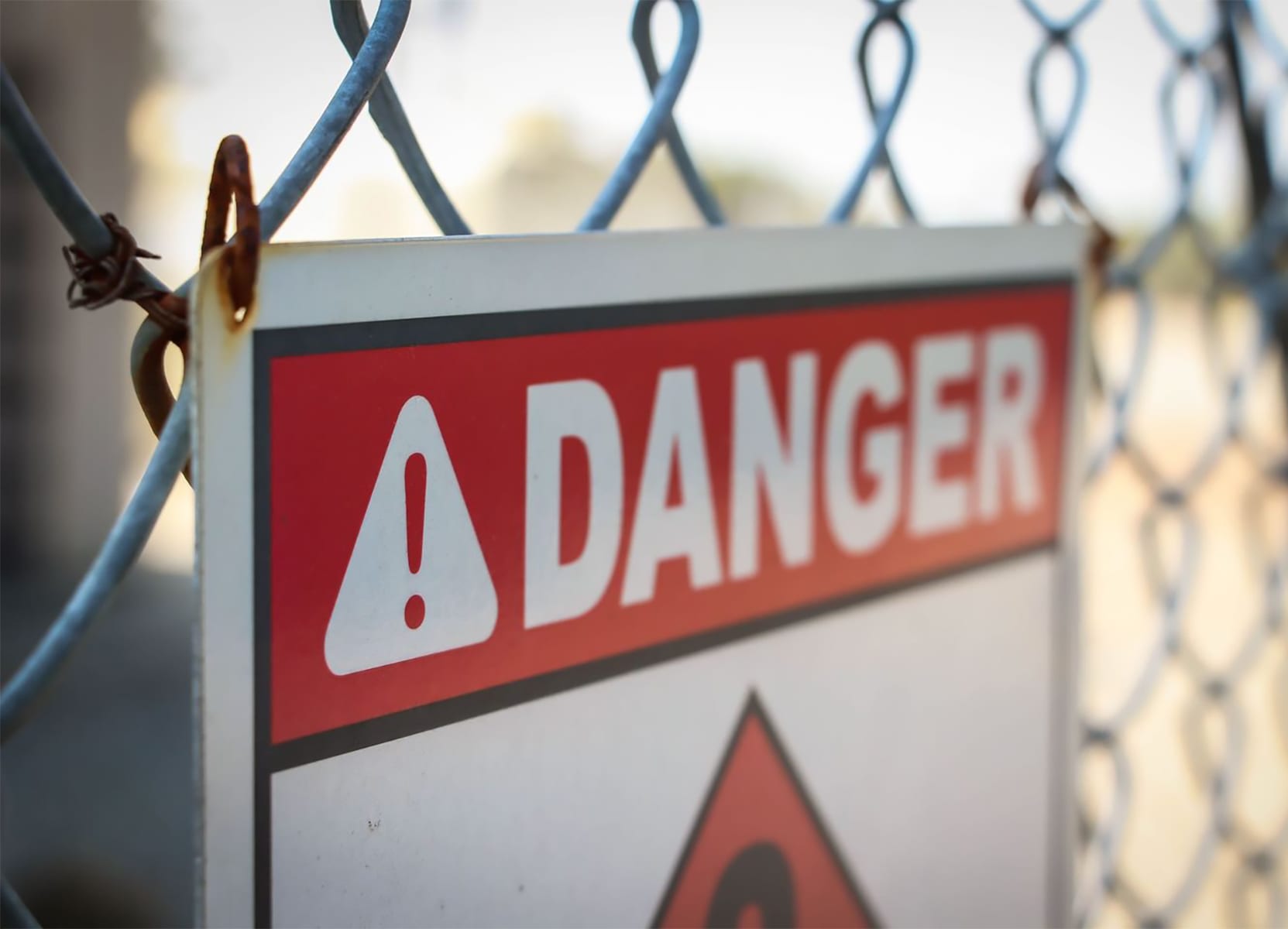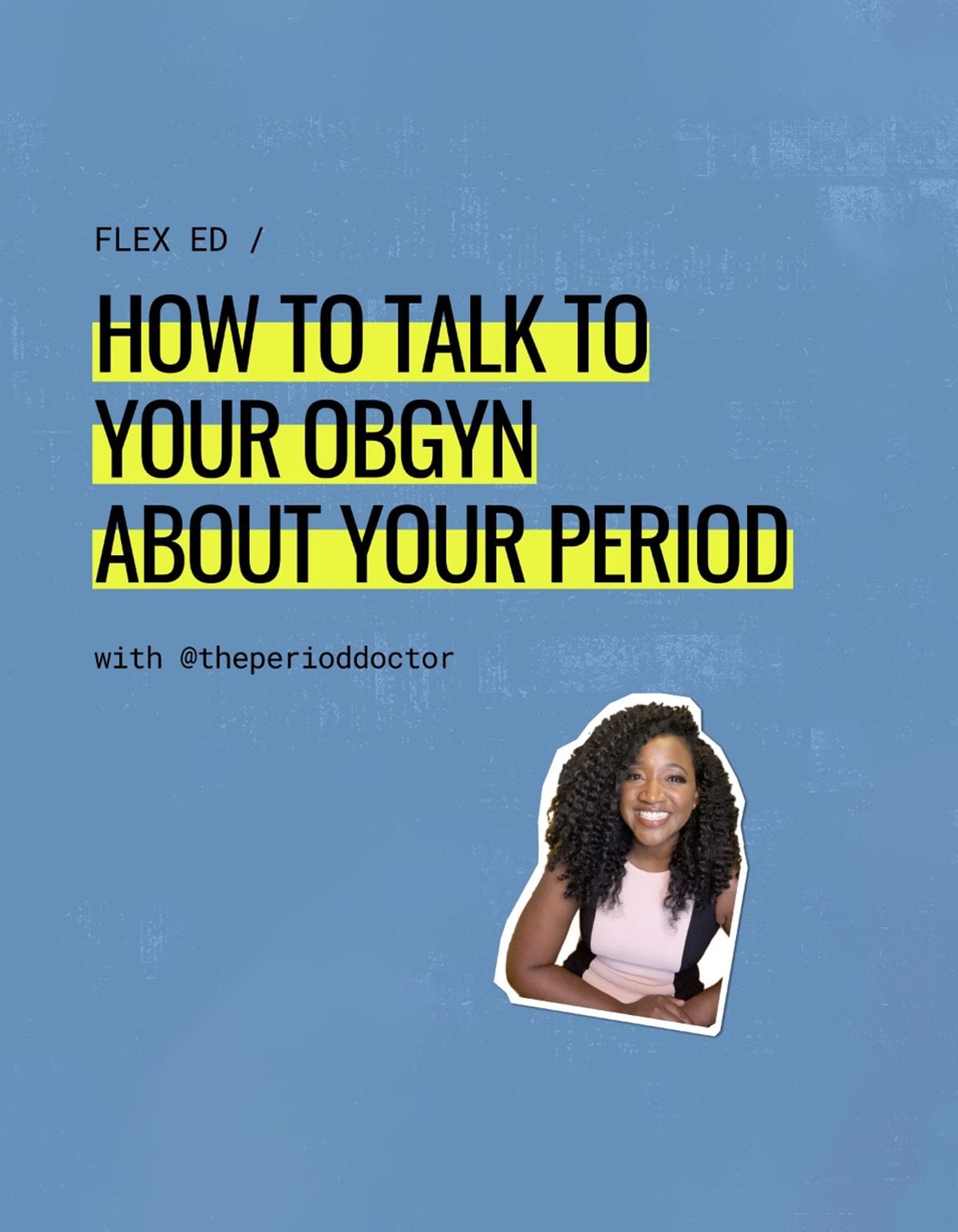Ask an Ob/Gyn: What’s up with all the recent TSS cases?
International media has recently been abuzz with news of TSS outbreaks and the near-death experiences of tampon-users. As a board-certified OB-GYN, I’ve been shocked to see how this news has incited critical and judgmental reactions from people of all genders:
“How could someone forget they put a tampon in?”
“That’s stupid!”
“There’s no excuse.”
Leaving a tampon in, forgetting you put a tampon in, accidentally putting two tampons in…. or all of the above, can happen to ANYONE. Whether that person has a high school education or a college education or a graduate degree or a medical degree.
It happens. Maybe due to stress, or busy lives, or getting up to deal with your period in the dead of the night when your mind is foggy and you’re less than half-awake.
So, maybe it’s not due to anything at all. Maybe it’s simply an honest, common mistake.
Lots of menstruators have come to my office through the years with vague complaints of smell or discomfort — not knowing that they’ve accidentally left a tampon in for a few days or even a few weeks. As other OB/GYN colleagues can attest, my experience with patients is all too common.
The Centers for Disease Control stopped tracking toxic shock syndrome back in 1986, so it’s not surprising that it’s felt like TSS has all but disappeared.
There’s been a lot of misinformation out there, so I want to help clarify what toxic shock syndrome is, and help people better understand how to prevent it.
What is toxic shock syndrome (TSS) and what are the symptoms?
Toxic shock syndrome (TSS) is an acute, multi-system, toxin-mediated infection that can lead to septic shock and multi-organ failure, and even death (mortality rates for TSS are 30–70%).
It was originally associated with super-absorbent tampons, but can be associated with any size tampon made of any material. It is typically caused by the transmission of normal skin bacteria (staphylococcus aureus or group A streptococcus) into the vaginal canal through the insertion of tampons.
TSS was first described in the 1980s but continues to be a danger for people with periods. Many of us don’t recognize the early symptoms of TSS as they are eerily similar to countless other diseases and conditions, both viral and bacterial.
Symptoms also mirror the side effects that prostaglandin release causes in one’s menstrual cycle every month and are considered “normal” side effects of menstruation. These include lower abdominal pain, cramping, back pain, restlessness, muscle aches or myalgia, diarrhea, nausea, emesis, and low-grade fever.
It may surprise you to learn that toxic shock can occur after usage for less than 24 hours. It’s unknown as to why some individuals are affected by TSS in a short period of time, while others have tampons left in the vagina for weeks with no incidence.
The toxins released by the staph or strep bacteria act as “superantigens” in the immune system and trigger activation of cytokines which can cause severe tissue damage.
Debunking the “organic tampons = no risk of TSS” myth
Headlines about TSS and the rise in the popularity in organic personal care products have led to an increased demand for “all-natural,” 100% cotton, and organic tampons. This is evidenced by the number of all-natural and organic brands and startups that were introduced in the U.S. last year.
But there’s no medical data that would support the use of organic tampons or pads.
Making claims in the media that imply natural tampons are safer — or that they can’t cause TSS — is irresponsible and dangerous since this is not supported by any scientific evidence or endorsed by the FDA.
So, let’s recap:
- Toxic Shock Syndrome or TSS is caused by naturally occurring staph or strep bacteria (that’s on your skin)
- 20% of humans carry this bacteria on our skin, and an even higher percentage of us carry it in our nose.
- At low levels, this bacteria doesn’t cause significant harm to us, but tampons create an environment where it can thrive: warm, dark and moist (like a vagina).
- All tampons (including “all natural”) can exacerbate the risk for TSS because bacteria grow in organic materials, like the cotton found in the tampon that’s in your vagina right now.
Let’s stop judging others, get the facts out there, and help prevent TSS from afflicting more menstruators – together.
This article is informational only and is not offered as medical advice, nor does it substitute for a consultation with your physician. If you have any gynecological/medical concerns or conditions, please consult your physician.
© 2021 The Flex Company. All Rights Reserved.






